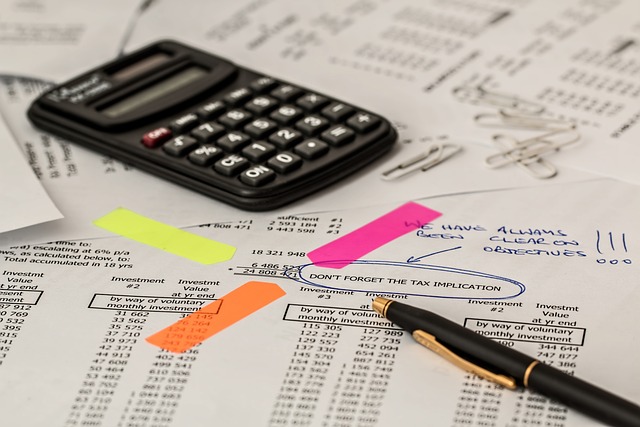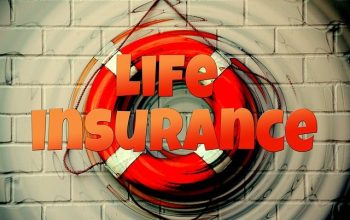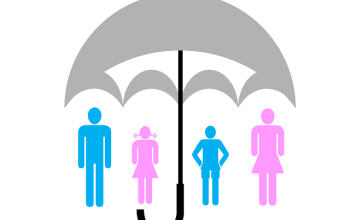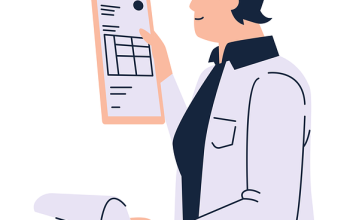Third-Party Liability Insurance is a critical financial protection for businesses of all sizes to manage legal risks. General Liability Insurance is fundamental for those with physical locations or customer interactions, covering bodily injury, property damage, and personal and advertising injuries. Professional Liability Insurance, also known as Errors and Omissions (E&O) insurance, is tailored for professionals providing advice or services, safeguarding against claims of negligence. Product Liability Insurance, a subset of Commercial Liability Insurance, protects against claims that products have caused harm, while Business Liability Coverage offers comprehensive protection for various liability concerns. Public Liability Insurance specifically addresses off-premises activities and events, vital for businesses with public interaction or multiple locations. Small Business Insurance packages, which include these coverages, are essential for asset protection and business continuity in the face of potential legal actions. Understanding the nuances between General, Professional, Product, Public, and Commercial Liability Insurance ensures that small businesses can navigate liability risks effectively, maintaining financial stability and operational confidence.
Navigating the intricacies of liability insurance is a critical aspect for both individuals and businesses in today’s interconnected world. At the heart of this protection lies Third-Party Liability insurance, an essential safeguard against financial repercussions from legal claims made by non-insured parties. This article delves into the pivotal role of General Liability Insurance, Professional Liability Insurance, Business Liability Coverage, Public Liability Insurance, and Product Liability Insurance within the small business landscape, shedding light on how they serve as a shield against unforeseen events. As we explore Commercial Liability Insurance options tailored to various industries, understanding their implications becomes paramount for risk management and financial security.
- Navigating Third-Party Liability Insurance: Understanding Coverage for General and Professional Liability
- The Role of Business Liability Coverage, Public Liability Insurance, and Product Liability Insurance in Protecting Small Businesses
- Exploring Commercial Liability Insurance Options and Their Implications for Different Industries
Navigating Third-Party Liability Insurance: Understanding Coverage for General and Professional Liability
navigating Third-Party Liability Insurance requires a clear understanding of the distinct types of coverage available to safeguard against legal claims. General Liability Insurance is a cornerstone for businesses, offering protection from claims resulting from bodily injury, property damage, and personal and advertising injuries. This type of insurance is crucial for any business with a physical presence or interacting with customers, as it covers a broad range of risks that can arise from daily operations. For instance, if a customer slips and falls on your commercial premises, General Liability Insurance would typically cover the medical costs and legal fees associated with such an incident.
Additionally, Professional Liability Insurance, also known as Errors and Omissions (E&O) insurance, is specific to the professional services sector. It shields businesses from claims related to professional advice or services that did not meet the expected or agreed-upon standards, leading to a financial loss for the client. This coverage is indispensable for small businesses providing specialized expertise, as a single claim without proper insurance could be financially devastating. Product Liability Insurance is another critical component of Commercial Liability Insurance, safeguarding against claims that a product caused harm or damage. It ensures that businesses are not held responsible for the unavoidable consequences of product-related risks, which in today’s litigious environment, can be extensive and costly. Understanding these nuances of Third-Party Liability Insurance—which includes Public Liability Insurance for events and locations open to the public, and Business Liability Coverage tailored to the specific needs of each enterprise—is essential for any business owner aiming to protect their assets and maintain operations without undue financial risk.
The Role of Business Liability Coverage, Public Liability Insurance, and Product Liability Insurance in Protecting Small Businesses
For small businesses, navigating the complexities of liability risks is crucial for long-term sustainability and peace of mind. Business Liability Coverage, encompassing General Liability Insurance, forms a foundational shield against claims of bodily injury, property damage, and personal injury such as libel or slander. This broad coverage ensures that small businesses are safeguarded from the financial repercussions of third-party claims arising from day-to-operations. For instance, if a customer slips and falls on a wet floor in a retail store, General Liability Insurance can help cover the costs associated with their injury claim.
Beyond the scope of General Liability Insurance, Public Liability Insurance extends protection to small businesses during events or activities off-premises. This is particularly relevant for businesses that frequently interact with the public or conduct operations in various locations. Public Liability Insurance covers risks like accidental damage to third-party property or unintended harm to individuals not employed by the business, which could occur at trade shows, fairs, or while performing services at client sites. Additionally, Product Liability Insurance is a specialized form of coverage that addresses claims related to products manufactured, sold, or supplied by the business. This aspect of insurance is critical as it protects against legal action due to product malfunctions, defects, or failures that result in injury or damage. Together, these forms of Business Liability Coverage—including Professional Liability Insurance and Commercial Liability Insurance—comprehensively safeguard small businesses from a wide array of liability risks, allowing them to operate with confidence, knowing they are prepared for unforeseen events.
Exploring Commercial Liability Insurance Options and Their Implications for Different Industries
For businesses operating in diverse sectors, exploring commercial liability insurance options is a prudent step to mitigate risks and safeguard financial stability. General Liability Insurance serves as a foundational layer of protection by covering claims related to bodily injury, property damage, and personal and advertising injury. This broad coverage is crucial for businesses that interact with the public, such as retail stores, restaurants, and service providers, as it addresses the risks inherent in daily operations.
Delving deeper into specialized liability coverages, Professional Liability Insurance, also known as Errors and Omissions (E&O) insurance, is tailored for professionals who provide advice, consultancy, or services. It shields against claims alleging negligence, errors, or breach of professional duty. In contrast, Product Liability Insurance is specifically designed to cover liabilities that arise from products manufactured, sold, or distributed by a business. This type of coverage is indispensable for manufacturers and distributors, as it protects against legal claims due to product defects, malfunctions, or insufficient warnings about product use.
Business Liability Coverage encompasses a range of potential scenarios, from customer slips and falls on commercial premises to allegations of defamation or copyright infringement. Public Liability Insurance is particularly relevant for businesses that host events or operate in public spaces, offering protection against third-party claims for incidents occurring on their premises or at their events.
Small Business Insurance packages often include a combination of these liability coverages, providing a comprehensive safety net. The implications for different industries are significant, as each has its unique set of risks and exposures. For instance, construction companies may require both Public Liability Insurance and Product Liability Insurance to cover the risks associated with the materials and workmanship they provide. Similarly, tech startups may prioritize Professional Liability Insurance to protect against claims arising from their services or software.
In conclusion, understanding the nuances of General Liability Insurance, Professional Liability Insurance, Business Liability Coverage, Public Liability Insurance, Small Business Insurance, and Product Liability Insurance is essential for businesses to navigate the complex landscape of commercial liability insurance. Tailoring the right combination of these policies to their specific needs can not only protect against financial ruin but also foster confidence in clients and stakeholders, ensuring smoother operations and a more secure business environment.
In conclusion, third-party liability insurance, encompassing General Liability Insurance and Professional Liability Insurance, plays a pivotal role in safeguarding both individuals and businesses from the financial repercussions of legal claims. For small business owners, understanding the nuances between Business Liability Coverage, Public Liability Insurance, and Product Liability Insurance is not just an aspect of risk management—it’s a critical component of their long-term success. As outlined in this article, exploring Commercial Liability Insurance options tailored to various industries can mitigate risks and provide peace of mind. Small Business Insurance, with its broad spectrum of protection, ensures that even in the face of unforeseen incidents, businesses can continue to operate without the burden of catastrophic financial losses. It underscores the importance of proactive planning and the necessity for robust insurance solutions in today’s dynamic business environment.



